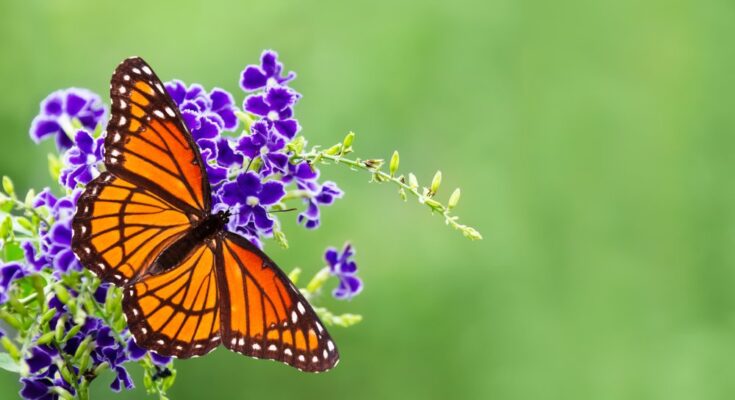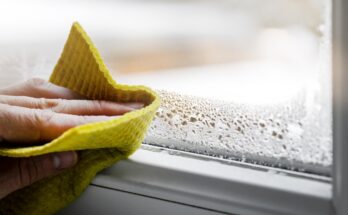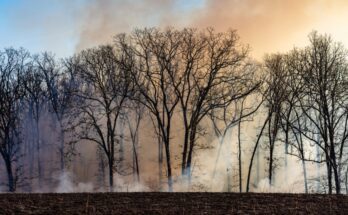Gardens have the power to bring nature closer. You can transform your yard into a sanctuary for birds, butterflies, and bees by taking a few simple steps. These small actions add beauty and life to your garden and support essential pollinators and wildlife. Continue reading to discover tips to help you create a friendly yard for birds, butterflies, and bees.
Plant Native Flowers To Attract Pollinators
Native flowers play a vital role in supporting local wildlife. They provide the nectar and pollen that pollinators like bees and butterflies need to thrive. When choosing plants, look for various native blooms that flower at different times of the year. Choosing regional flowers will help create a consistent food source throughout the seasons.
Native plants are adapted to your local environment, making them easier to grow and more beneficial for pollinators. Add clusters of brightly colored flowers to catch the attention of butterflies and grow the right plants to attract bees, such as lavender and sunflowers.
Provide a Water Source To Keep Wildlife Hydrated
Access to fresh water is as important as food for birds and pollinators. Setting up a birdbath or a shallow dish of clean water can make a big difference. Butterflies and bees prefer shallow water, so adding flat stones or gently sloping edges gives them a safe place to land while they drink.
Regularly clean and refill the water to keep it fresh and debris-free. Offering a reliable water source can turn your garden into a frequent stop for thirsty visitors.
Skip the Pesticides for a Safer Habitat
Many pesticides, even organic ones, can harm the birds, butterflies, and bees you want to invite. Choose natural alternatives like companion planting to manage pests and diseases.
Encourage a natural balance in your yard by letting beneficial insects like ladybugs thrive, as they help control pests. Avoiding pesticide use protects pollinators and keeps your garden safe and welcoming.
Offer Shelter for Rest and Nesting
A good garden provides food, water, and a safe resting place. Introducing small shrubs, trees, and dense plants creates a natural shelter for birds and butterflies. Some bees also need nesting spots, which you can create using bee houses or by leaving patches of bare soil.
Birds often appreciate trees and bushes where they can build nests, while butterflies benefit from undisturbed areas to rest. Catering to these needs adds another layer of support to your thriving yard.
Add a Bird Feeder for Extra Nourishment
Bird feeders give feathered friends easy access to nutritious snacks, especially during seasons when natural food sources are scarce. Choose feeders that suit the types of birds in your area and fill them with high-quality seeds, suet, or nectar, depending on the species.
Place the feeder in a visible yet safe spot and clean it regularly to prevent illness. Watching the flurry of activity around a feeder can become one of the highlights of your garden.
Creating a friendly yard for birds, butterflies, and bees is a rewarding way to connect with nature. The above tips will help essential wildlife thrive while enjoying the beauty and energy they bring to your garden. Start transforming your space today—your garden visitors are waiting!



